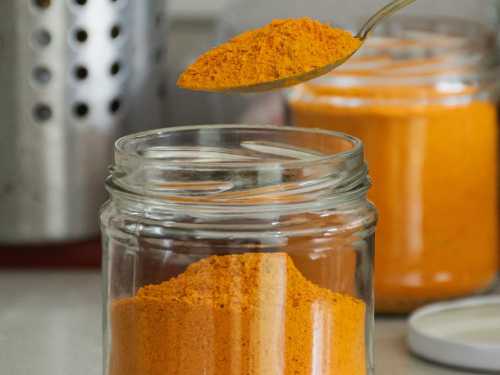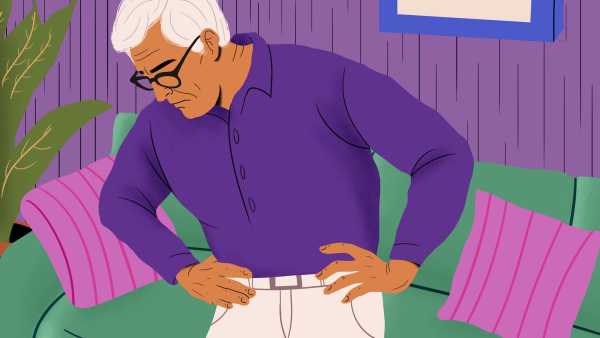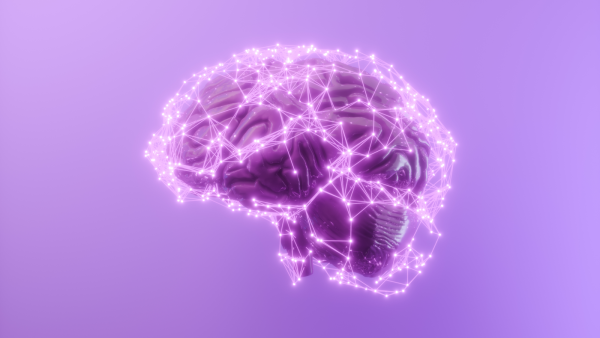
The combination of curcumin, the main ingredient in turmeric, and the amino acid tryptophan showed a stronger effect against intestinal inflammation than either supplement alone. In experiments on mice with induced ulcerative colitis, animals given the combination showed significantly less symptoms of the disease: they lost less weight, suffered less bloody diarrhea, and their intestines maintained normal length and structure. The work is published in the journal Nutrients.
Inflammatory bowel disease, like ulcerative colitis, is a very unpleasant condition where your gut is constantly irritated and sore. Scientists have found that if you take curcumin (the same yellow substance from turmeric that we add to our food) and tryptophan (a special protein compound found in things like cheese and turkey) and combine them, they work much better together than they do separately, as a well-coordinated team. It's like finding a new, stronger painkiller that works when others don't.
After two weeks on the DSS combination, the animals lost less weight (-9.7 percent versus -17.1 percent in the untreated induced colitis group), exhibited less blood and diarrhea, and their colon contracted less.
This indicates a significant improvement in the general condition.
More importantly, the barrier was restored: the expression of ZO-1, occludin, and MUC-2 increased, and markers of inflammation and oxidative stress decreased.
The wall of your intestine is a kind of protective barrier, like a brick wall with mortar. When there is inflammation (colitis), this wall breaks down, becomes leaky, and harmful substances can get where they shouldn't. This combination helped to rebuild this “wall”: special proteins (ZO-1, occludin), which “hold” the cells of the wall together, began to be produced more actively, and mucus (MUC-2), which protects the intestine from damage, also increased. It's like patching holes in the wall so that it becomes strong again. In addition, the “inflammatory noise” in the body and the “rust” of cells caused by stress (this is oxidative stress) decreased, which is a key indicator of recovery.
The microbiota also changed – the proportion of beneficial bacteria increased, the level of short-chain fatty acids increased, and the Firmicutes/Bacteroidetes index improved.
Your gut is a world of microorganisms, like a small forest with different species of plants and animals, and it's called the microbiota. With colitis, this “forest” becomes sick, there are fewer good bacteria and more bad ones. This combination helped restore balance: the beneficial bacteria began to multiply, and they, in turn, produce “vitamins” for the gut – short-chain fatty acids, which nourish and protect it. It's like restoring a healthy ecosystem.
The authors attribute the synergy to the suppression of inflammation by curcumin and the activation of AhR signaling by tryptophan metabolites.
That is, curcumin, like a firefighter, extinguishes direct inflammation, and tryptophan, turning into other substances in the body, activates a special “switch” (AhR signaling), which additionally helps fight inflammation and strengthen defenses. Together they work as a well-coordinated team, where each enhances the effect of the other, instead of working alone.
The findings are still based on animal studies. New clinical studies are now needed, including the selection of doses, forms of curcumin delivery, and duration of administration.
This is an important step, but so far it's like a successful test of a new car on a racetrack. To make it available to everyone, a lot of work still needs to be done. That is, we need to conduct research on humans (this is called clinical trials) to make sure that it is safe and effective for us. We need to figure out what dose to give, how best to “deliver” these substances to the intestine (maybe pills, injections, or something else), and how long a person should take it to get the best result. Only after that can we talk about creating real medicines.





